Kia Carnival Review
Carnival was updated across the range in May 2018. Click here for my review on the current model Kia Carnival >>.
This review pertains to Carnival up until May 2018.
REVIEW
So, you’ve been blessed with the gift that is children. You’ve committed your genes to the next generation, and now you need a car that will do everything. It has to be compatible with all the possible permutations of the 21st-Century menagerie.
Here's the problem: What you want and what you need are impossibly conflicted. What you want is a seven-seat SUV, but what you need is a people mover. You know, a ‘people mover’ the automotive equivalent of a tax audit.
But it doesn’t have to be this way. Check it out below. Also check out my top five reasons why Kia Carnival beats an SUV >>
I test-drove the eight seater Kia Carnival Platinum diesel for a week, and it was great. There are several reasons why the Kia Carnival is a more practical and compelling choice for actually moving people than any seven-seat SUV. Kia doesn't pay for the review, or compensate me in any way. Kia Australia supplied the vehicle for evaluation, but the company has no say in the content of this review - which is my own assessment of the vehicle after driving and living with it for a week.
Size Matters
Let’s get the basics out of the way first. The Carnival is huge. The front end and the back end are often in different postcodes. It’s 5.1 metres long - and change. Carnival is longer than a standard 7-Series BMW, and that’s where the comparison ends, obviously, but it’s just a frag shorter than a long-wheelbase 7-Series, like a 740Li. And it’s a bee’s dick under two metres wide. (A metric bee’s dick.)
I picked up a Sorento when I finished my week-long Carnival evaluation drive. The Sorento felt positively compact. Svelte. Sporty. Anorexic. I never thought I would say that. Carnival is huge and cavernous. The wheelbase is just over three metres. That’s a foot longer than many SUVs. The back end can’t even see the front end most days - the horizon being often in the way.
This is why the Carnival beats an SUV - as a people mover. It eclipses the Santa Fe, Kluger, Sorento, etc. - at moving people and luggage. It’s actually longer than a Toyota Landcruiser. It’s almost one fully tumescent Ron Jeremy longer than a Landcruiser. And wider. (Than a Landcruiser; not Ron Jeremy.) I’m not making this up. It’s frigging huge. And it’s versatile. (Kinda like Ron Jeremy, when you think about it. What a great actor.) Bigger and more versatile than Honda Odyssey, its closest competitor in the people mover domain. Carnival is the top-seller among people movers, comfortably in front of Odyssey in second spot. Daylight to everything else. So it’s a big fish in a pretty small ocean. People movers are, generally, not all that popular.
People Mover Popularity ... or Not.
If all you want to do is move people, the Kia Carnival is sensational. Much better than its predecessor. But when you look at sales, so far this year (2016 to June - first six months) total people mover sales have yet to nudge 7000 in Australia. The total for medium and large SUVs - overwhelmingly preferred by families - is more like 160,000. So in the popularity stakes, there is more than a 20 to one split. They’re not in the same universes, with SUVs massively ahead.
People Movers -vs- 7 Seater SUVs
SUVs are considered, at least partly, kinda sexy - the new family wagon - keeping up with the Joneses - and, sadly, people movers have the underlying sex appeal of a discount vasectomy without anaesthetic. And it’s a real shame - because they do such a good job. Fashion versus function.
Benefits of People Movers
That huge wheelbase and massive length confer three fundamental benefits.
- You get easy access to all seating rows. Third row access is a complete bastard in most SUVs. Just the access. Getting to the third row in an SUV is perhaps OK if you’re a kid or a monkey - but not much good for grandparents. All that real estate wrapped up in the Carnival - you get dirty big sliding doors. It’s like, industro-strength access.
- There’s actual luggage space - even with an arse on every seat. In an SUV, you’d be lucky to fit a cut lunch in the back, with all the seats deployed. More on that in just a sec.
- The third row is not actually a de facto torture chamber. Adults can actually sit there - without having a bad Abu Ghraib flashback.
Accommodation
The automated sliding door is unexpectedly opulent. Inside, there are eight seats all up. And there is a lot of legroom back in the second row, even with the driver’s seat right back. Air conditioning for rows two and three is standard. Massive space, compared with an SUV.
The seating configuration is versatile too - the middle second row seat can fold flat and form a table, or you can leave it in the garage and throttle back to seven seats. With row two, seat two, sidelined, the configuration is two plus two plus three. So that’s comfy.
There’s just shy of one cubic metre of cargo volume with all the seats occupied. Try that in a Kluger, Santa Fe, Sorento or Territory. If you stow row three into the floor you get more than two cubic metres of cargo capacity. And, as a two-seater, with all the other seats nipped and tucked away, there’s just over four cubic metres or cargo volume to play with.
That’s a lot of precursor chemicals. The seats are even odour and stain resistant. And people movers never get randomly stopped by the cops, statistically. Just saying. The perfect Breaking Bad-mobile. (One commenter on YouTube was moved to tell me just how practical the Carnival would be for a drive-by shooting. While technically accurate, I thought this a little too 'poor taste' in light of recent US gun violence...)
Getting into row three: Not too bad. Two adults could sit back here just fine - or three kids. I’m not so sure about your octogenarian parents in row three - but hey … a fat middle-aged man could sit right up the back of the Carnival on a long trip, in relative comfort. As you might imagine, this was one of the easier evaluations to perform.
Model Range
Carnival plays out like this: Four specification grades - S, Si, SLi and Platinum. Plus two powertrains - 3.3 V6 petrol and 2.2 turbodiesel. Both a front drivers with six speed autos.
Fast Facts
Seats: 8
Made in: South Korea
Model range: S, Si, SLi, Platinum
Prices: $45k-$65k (approx. drive-away)
Safety: Five-star
Drive: Front-wheel drive
Trans: 6sp auto only
Doors: 5
Length: 5.115 m
Width: 1.985 m
Height: 1.755 m
Weight: 2.1 tonnes (approx.)
Maximum tow: 2 tonne (braked)
Warranty: 7yrs/unlimited km
Service: 12 mths/15,000 km
Diesel
Configuration: 2.2-litre 4cyl 16-valve
Valvetrain: DOHC
Induction: Turbo + intercooler
Compression: 16:1
Injection: Direct
Consumption: 7.7 L/100km (combined)
Peak power: 147 kW @ 3800rpm
Peak torque: 440 Nm @ 1750-2750 rpm
Petrol
Configuration: 3.3-litre V6 24-valve
Valvetrain: DOHC with VVT
Induction: atmo
Compression: 11.5:1
Injection: Direct
Minimum RON: 91
e10: Yes
Consumption: 11.6 L/100km (combined)
Peak power: 206 kW @ 6000rpm
Peak torque: 336 Nm @ 5200 rpm
Price range is roughly $45 grand for the Carnival S V6 to about $65,000 for the range-topping Carnival Platinum diesel. Factor in a bit of a discount there. We get good discounts on Kia - just click there if you’re in the market, in Australia.
The diesel is the same 2.2-litre turbocharged four as you see in the Kia Sorento >> and Hyundai Santa Fe >> The diesel powertrain sells at a $2500 price premium. Better economy and a lot more low-rpm power is what’s on offer if you tick the ‘diesel box’. It’s the premium powertrain in the range. The V6 is OK - it’s thirstier and it needs a rev to perform - it’s the same as the V6 as in the Sorento. I have a full report on petrol versus diesel >> if you’re equivocating on this. I’d buy the diesel if the budget allowed.
Safety
Carnival is very safe. There was a front floor integrity issue early on, but after a redesign, they’re all five-star - and that’s since January 2016. The official score was 34.62 out of 37 - comfortable in the frame for a five-star ANCAP safety rating.
Importantly, there are head-protecting side curtain airbags for all three rows of seats. And a rear-view camera is standard even on the base model. This will certainly save lives because driveway death is the single biggest cause of accidental death in children (after drowning in the backyard swimming pool). A sobering statistic.
See ANCAP's independent assessment of the Kia Carnival's crashworthiness >> or download the ANCAP Carnival technical report >>
Standard Equipment
Obviously there are some compromises with that base model Carnival S. You get steel wheels and miss out on parking sensors, sat-nav, and a big touchscreen. It's missing features like that. But you do get full Bluetooth, auto headlamps, speed sensing auto door locking, four child anchorage points (all four are top tether compatible, and three of those are ISOFIX as well), plus every seat gets lap-sash belts. (No-one gets left behind in a crash…)
Keyless entry is standard in the base model Carnival S - but it’s a folding key (from Charles Dickens). Standard equipment includes three 12-volt outlets and three USB charging ports as well. (Nothing electronic goes flat in a Carnival.) There are 10 cupholders, and four bottle holders (because nobody dehydrates in a Carnival). And for the haute couture there are two coat hooks - because nobody (in the front) deserves to look crumpled when they get out of a Kia Carnival.
The range steps up through the equipment levels logically. Spend more; get more toys. Like that. It’s a sensible four-step progression. S to Si to SLi to Platinum. You can easily drill down into the granular detail of what's in each model variant using Kia's excellent online model range comparison tool >> Make sure you check the box marked 'highlight differences' to make the extra equipment in each model grade pop out at you.
The Carnival Platinum is really impressive - if you have circa $60k to spend it’s great. 19-inch alloys, 360-degree camera vision - which is great, because you’re essentially reverse-parking the QE2. There are hi-tech lights, all the hi-tech safety stuff like forward collision warning and lane departure warning, plus power front seats with a billion adjustments plus heating and ventilation.
In Carnival Platinum you also get radar guided adaptive cruise control, awesome instruments, and a huge array of standard equipment, including power sliding side doors and a power tailgate. Unfortunately, however, every Carnival also gets a space-saver spare tyre, and I really hate that. It’s a big vehicle for a skinny space-saver. A full-sized spare would be much more appropriate for Australia.
Driving the Carnival
The handling is … well, it’s not razor sharp. Nor would you expect that (or even enjoy it, in a vehicle like this). But it’s a lot better than it deserves to be. Time to face facts - Carnival should come with a rudder and lifeboats. (And Archimedes' Principle.)
Carnival actually drives really well for a people mover - relaxed but competent. And the ride is great. This is of course significantly due to Kia Australia’s local tuning efforts - aimed (successfully) at making the Carnival crap road compatible. Ideal for Australia.
Thinking of test driving. Learn how to test-drive like a pro >>
The Competition
Honda Odyssey
Honda's ageing Odyssey is currently in the people mover sales number two spot. It's much cheaper than Carnival - but needs to be serviced twice as often and has only a three-year warranty against the Carnival’s seven-year warranty.
Odyssey is much uglier, too. That grille. What were they thinking? Plus the 2.4 engine from the Old Testament: kind of a joke in a people mover, and the CVT transmission doesn’t help. Odyssey is simply a budget option.
Hyundai iMax
iMax is ageing, and a bit too much like a van, which, essentially, is what it is.
iMax has none of the Carnival’s oversized but critically car-like character.
On the redeeming front, iMax is also cavernous and hugely practical. Hyundai's five-year warranty is also very impressive compared to almost all other brands (except Kia). The servicing is fixed-price for life, too, but the diesel engine doesn't match the Carnival's 2.2.
LDV G10
The Chinese LDV G10 is essentially unproven, so pretty hard to recommend.
Critical questions include reliability and depreciation.
If the former proves itself to be a problem then owning the G10 will be a pain in the arse, and if the latter lets you down, ownership will prove a pain in the wallet - and an example of false economy.
It's very difficult to argue with the price, however, which kicks off at $25,990.
Toyota Tarago
Tarago is rather expensive and under-equipped, with a (compared to Carnival) anorexic warranty (of just three years) and too-frequent service interval (six-monthly, against Carnival's 12 months).
Toyota has critical strengths, however - solid resale being the first. So Tarago is a decent hedge against depreciation.
The other thing you can't argue with is Toyota's reliability - probably not as good as they claim, but still pretty strong.
Volkswagen Caddy, Caravelle & Multivan
These are all clever vehicular concepts with nice styling … but it's a real shame about the typiclly shit Volkswagen reliability, and the customer non-support almost guaranteed to earn your opprobrium if something goes wrong and you need actual assistance.
Citroen C4 Grand Picasso
This vehicle is both beautiful and clever - certainly it dares to be different. 'Beautiful' might be too strong a term. 'Distinctive' is more accurate. Unfortunately, Citroen lacks sales traction in the Australian market, and this impacts on logistic and tech support, and there simply aren’t that many dealers to shop against.
Mercedes-Benz
V-Class
Typically Benz. Trumped-up courier vans that are expensive, with an anorexic warranty, and which are not that reliable in the long term. You’re simply paying too much for the badge, and the vehicles don't deliver enough. But the Teutonic arrogance is free with every overpriced Benz. So that’s something.
Carnival Love/Hate
Love: plenty of inherent safety even in the base-model - including that reversing camera. Plus full length curtain airbags and a five-star rating. Well done.
Hate: A space-saver spare tyre: that’s a joke on a vehicle this big. Imagine being loaded up for the big trip and have to drive the last 200 kilometres in the middle of the night in the wet at 80km/h. I’ve had fun; that’s not it.
- Overall range-wide safety - good Kia.
- Space saver spare - bad Kia.
The other bad thing is intrinsic - the sheer size. Nature of the beast - until we get some smarty pants Elon Musk type to invent a real Tardis (bigger on the inside). I get that. Carnival is not too big to drive - you can accommodate that, but there’s this worrying trend of the shrinking parking space. Some parking spaces today are as narrow as 2.4 metres. Trying to plonk a 1.95-metre-wide Carnival into a space with just one Rom Jeremy of clearance on either side will be - for many - a bit too much like threading that camel through the eye of a needle. You’ll need to get very familiar with the extremities, because a parking spot that’s a breeze in a Mazda3 or Toyota Corolla is a precision manoeuver in a Carnival.
Form Versus Function
Here’s the concluding Carnival conundrum: People who value form over function buy SUVs - and they’re inherently compromised if all you want to do is move people and luggage efficiently. If you’re a logical thinker who’s done a bit of breeding and is unwilling to conform to the strictures of fashion, then the Carnival is absolutely the pick. It’s really an excellent people mover.
What a pity more people don’t - or won't - get that.







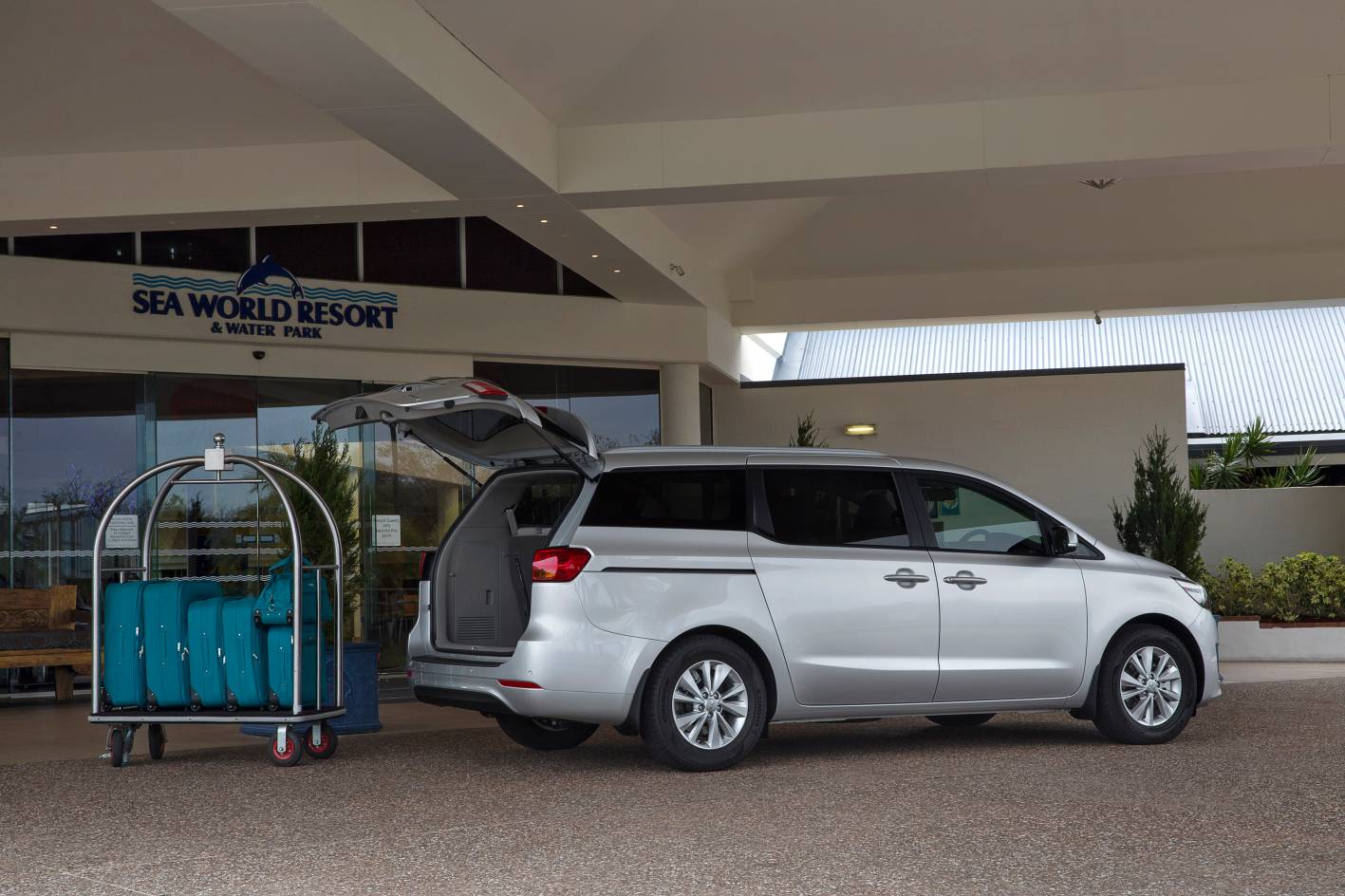
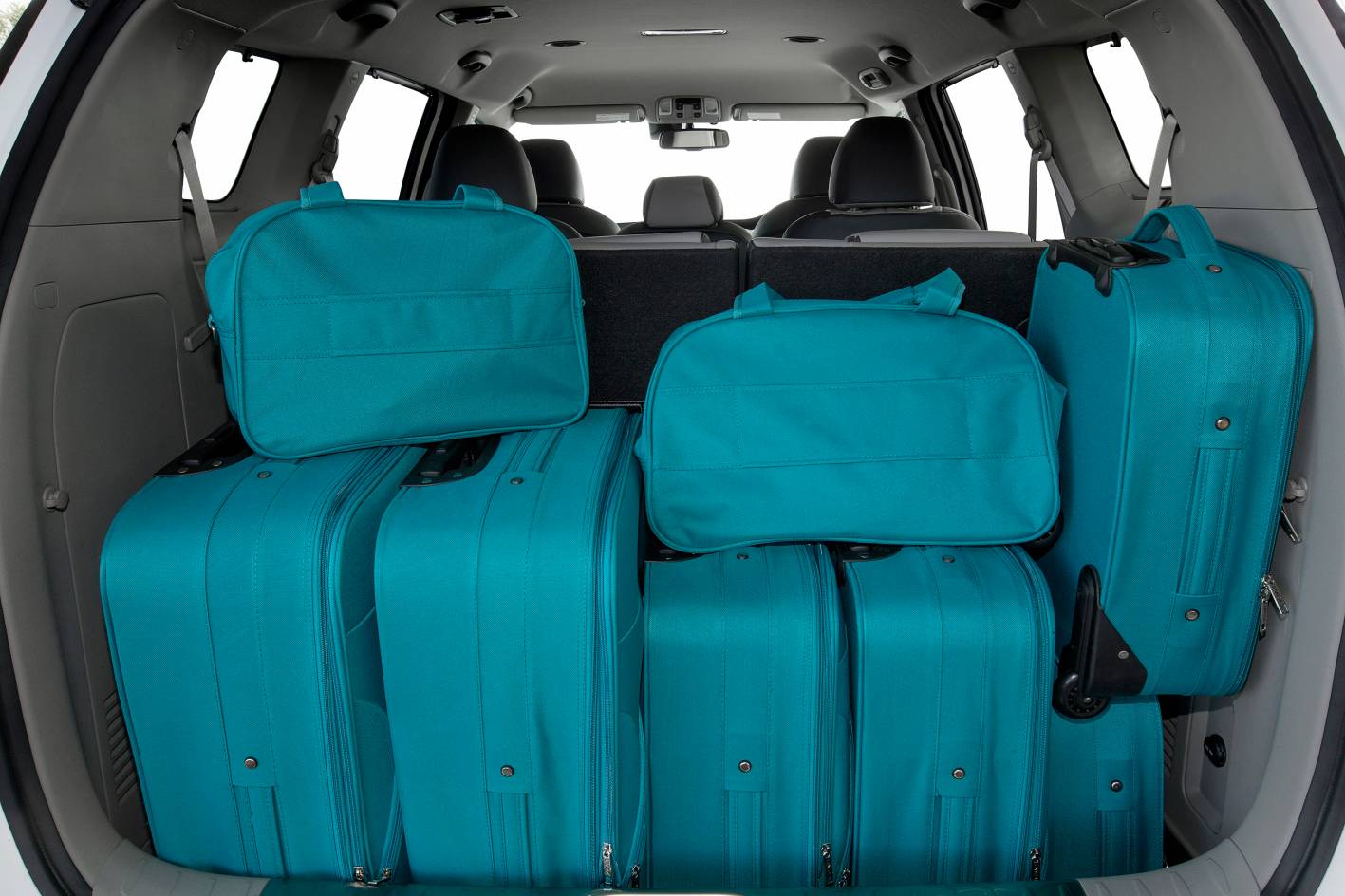

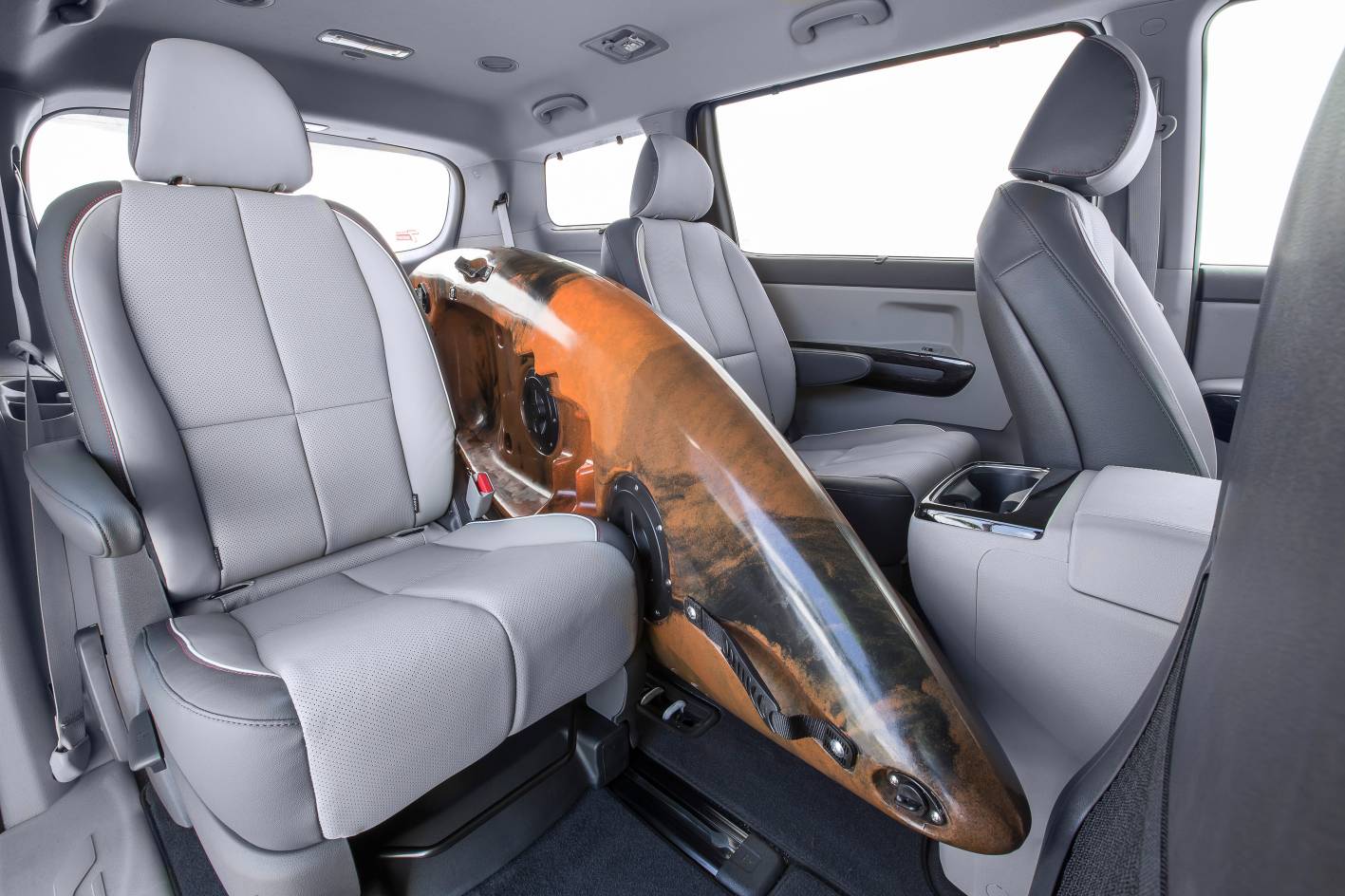
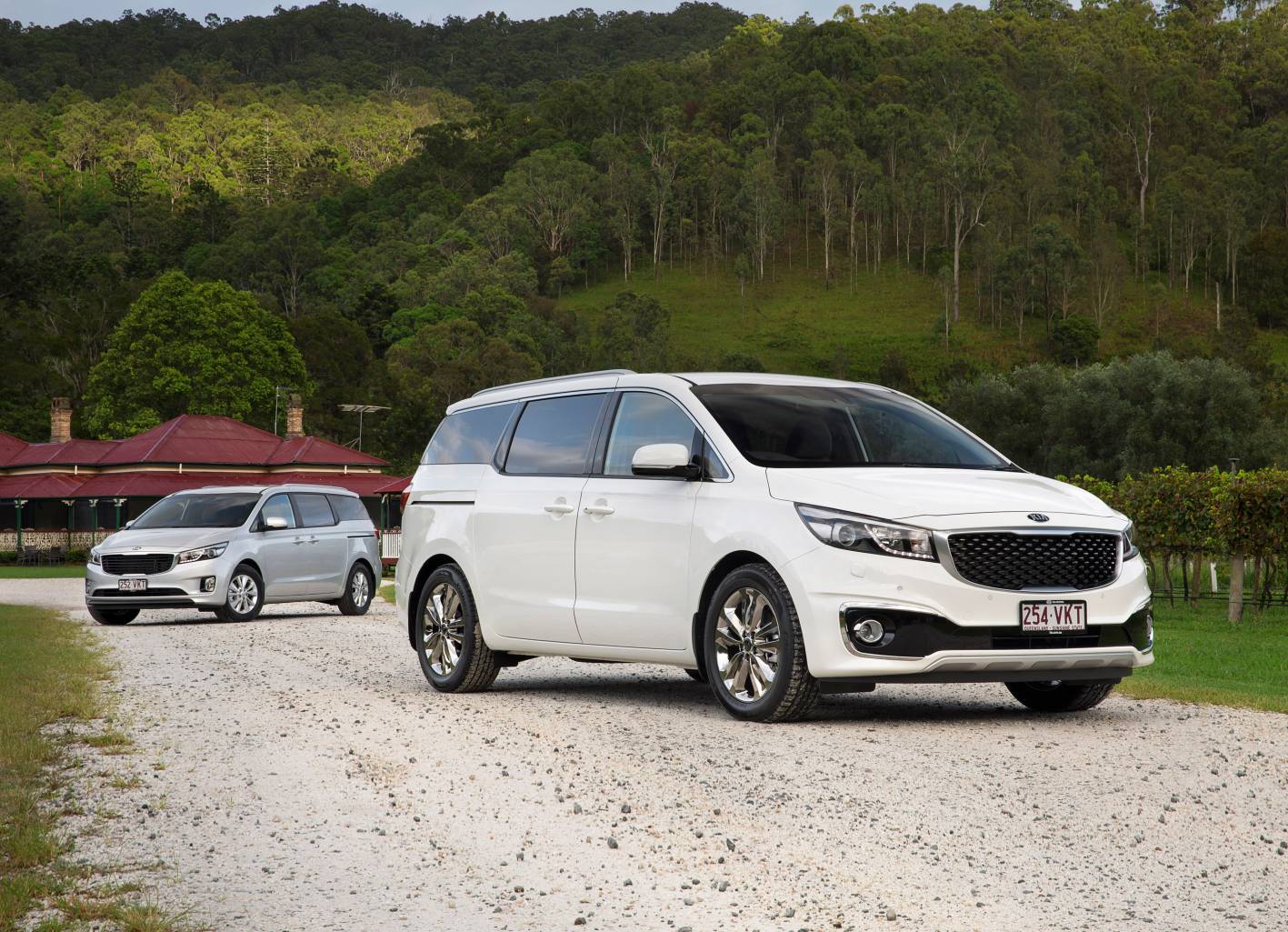




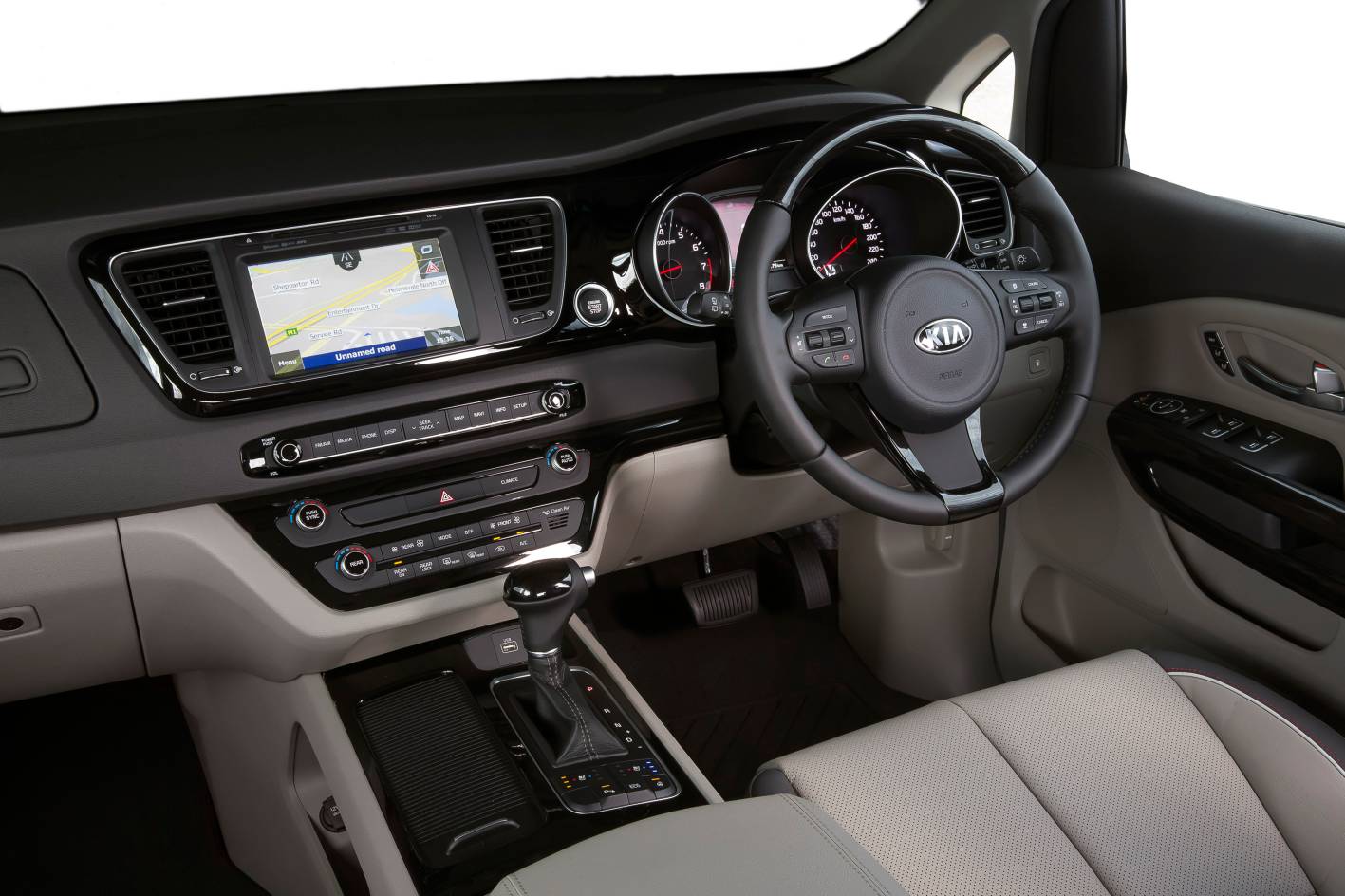
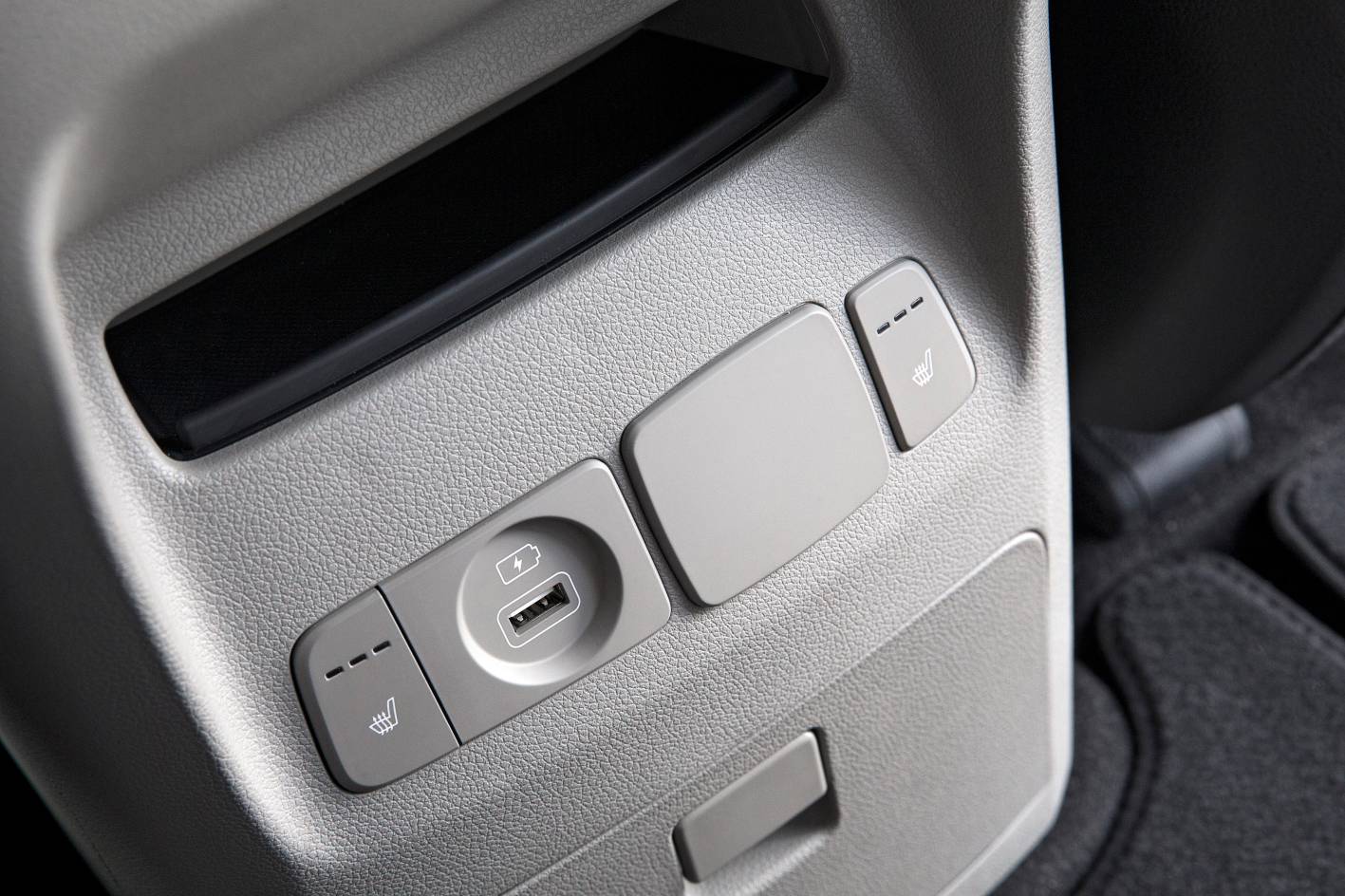
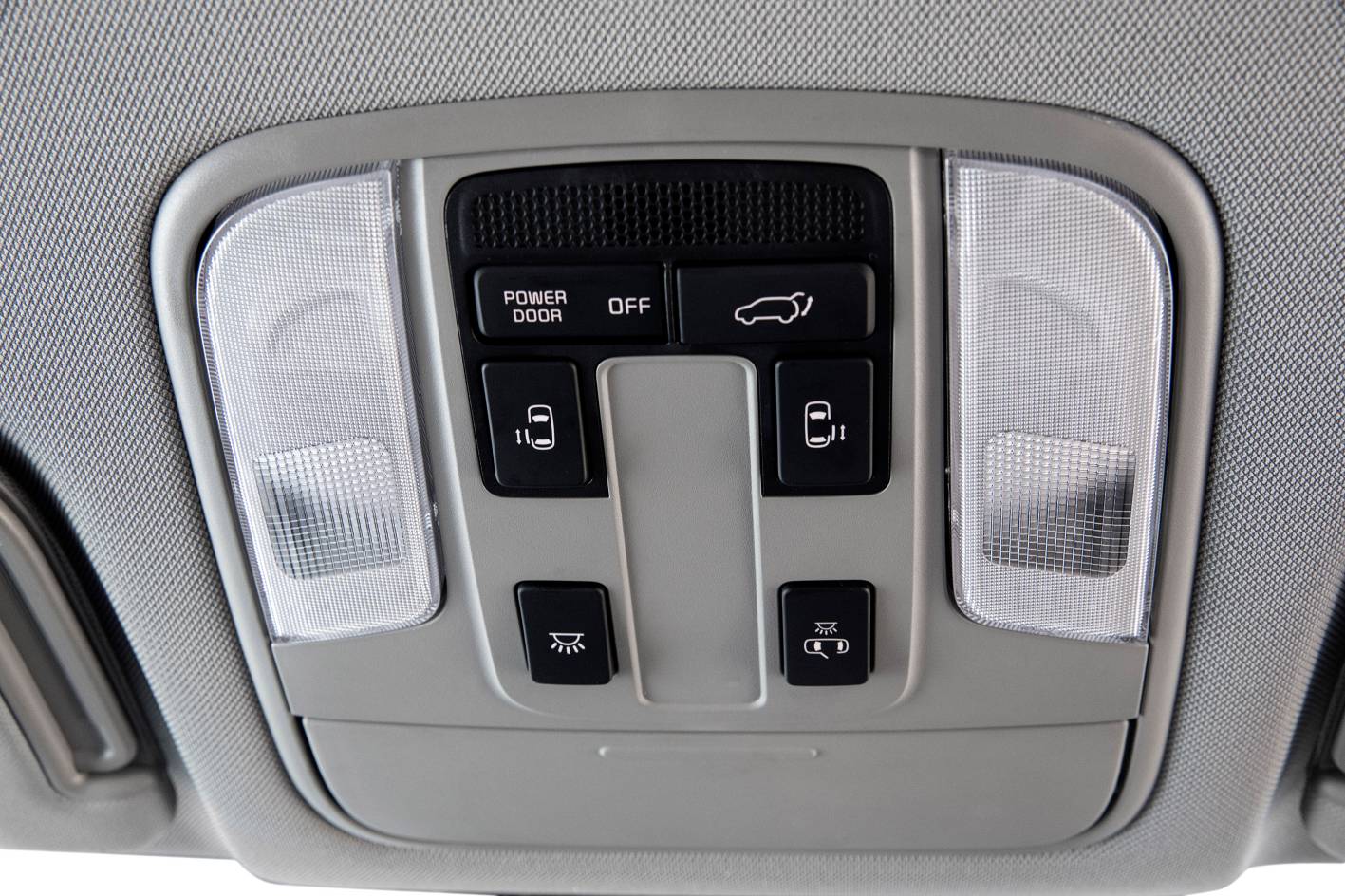
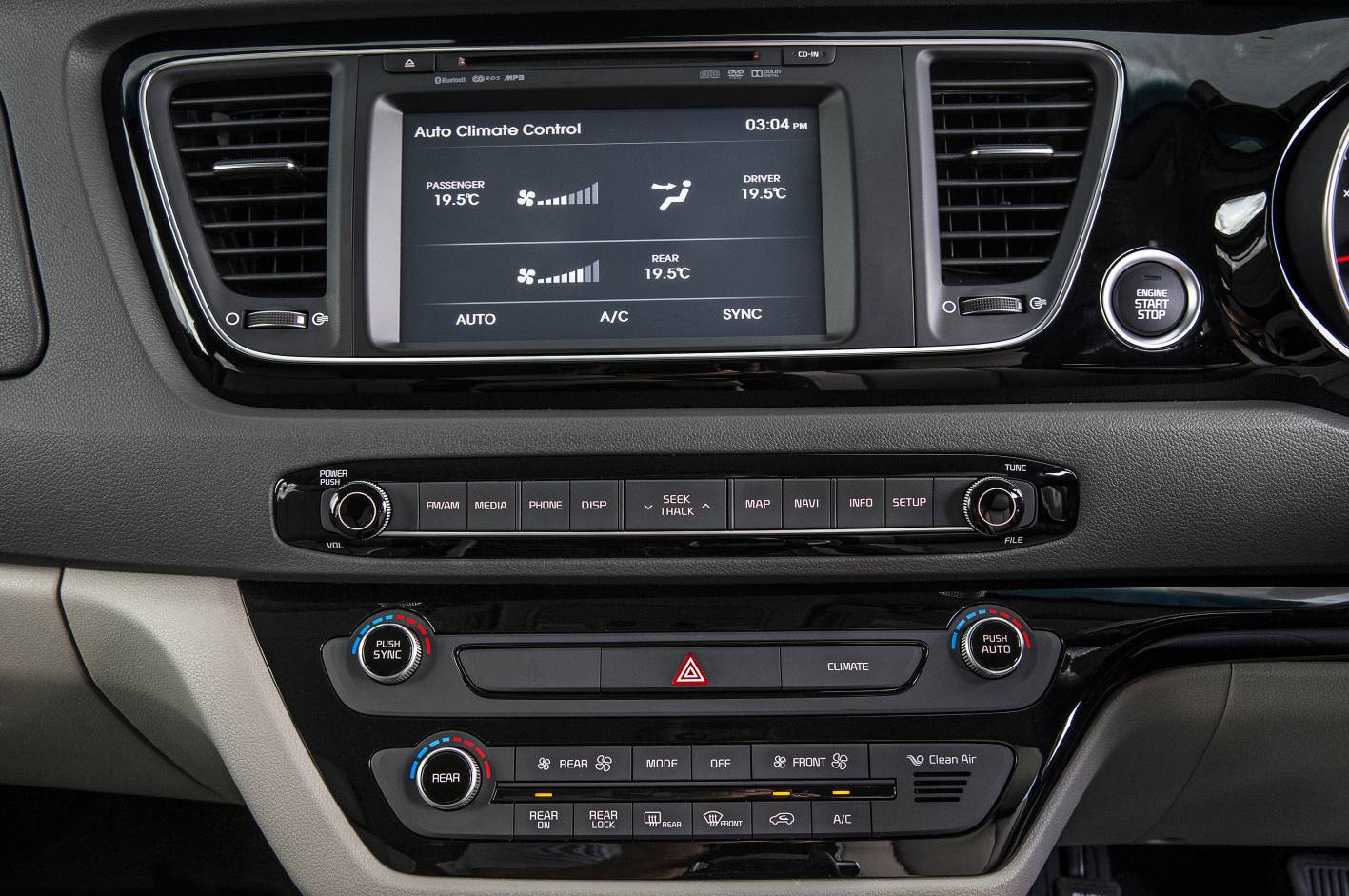

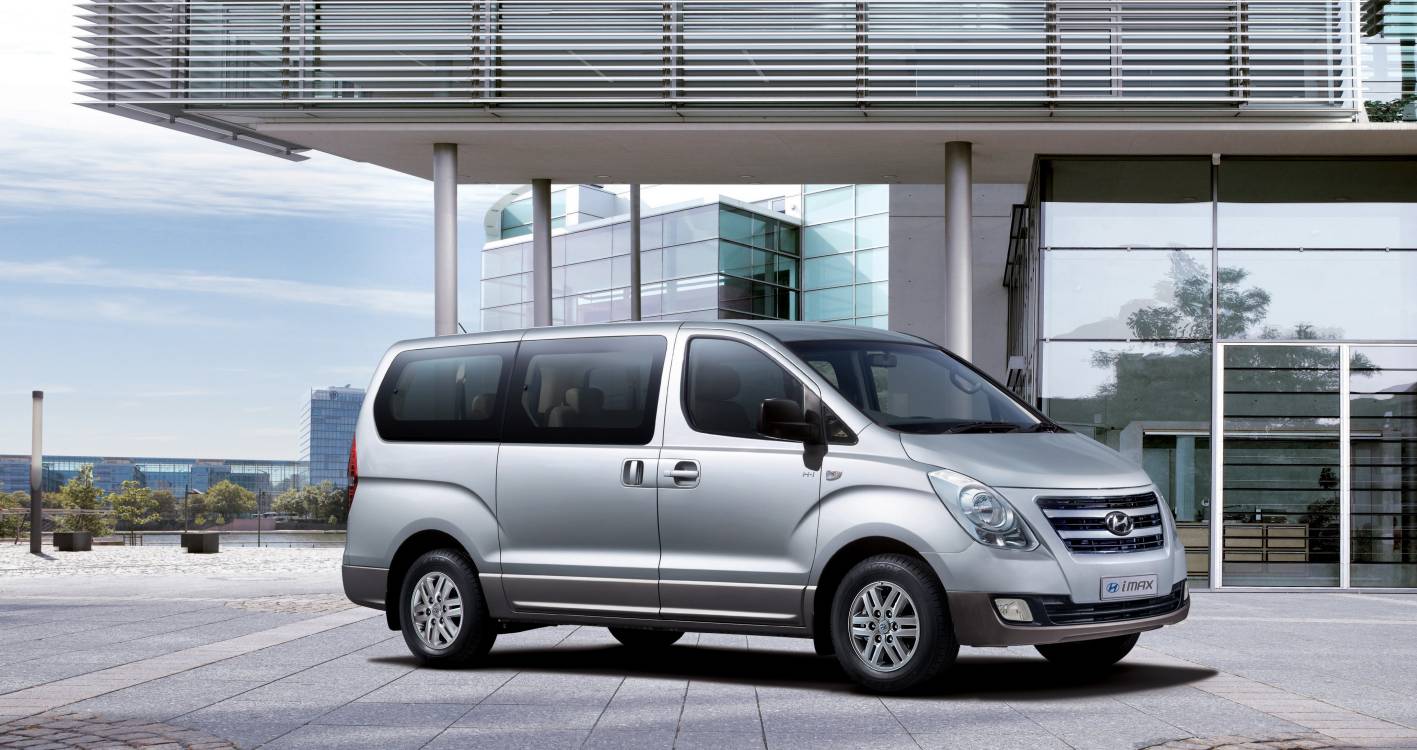
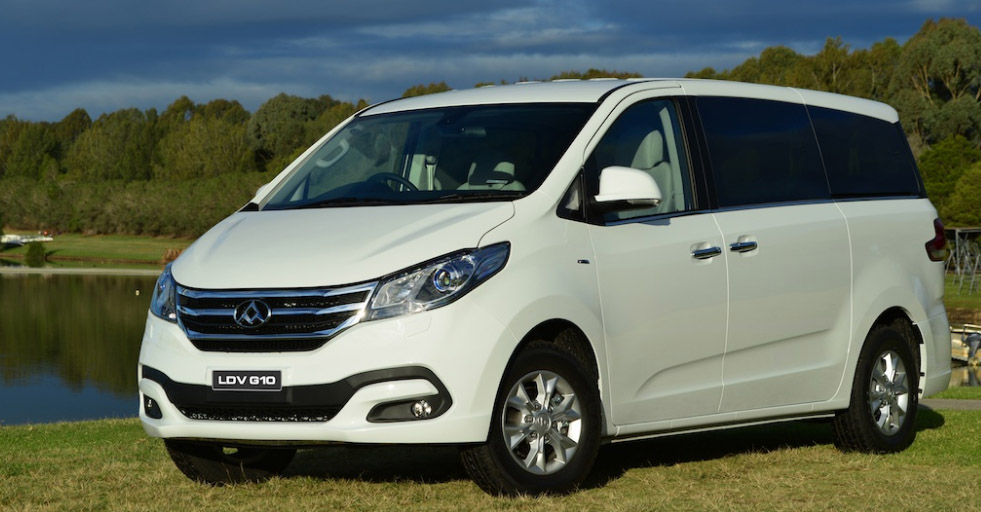
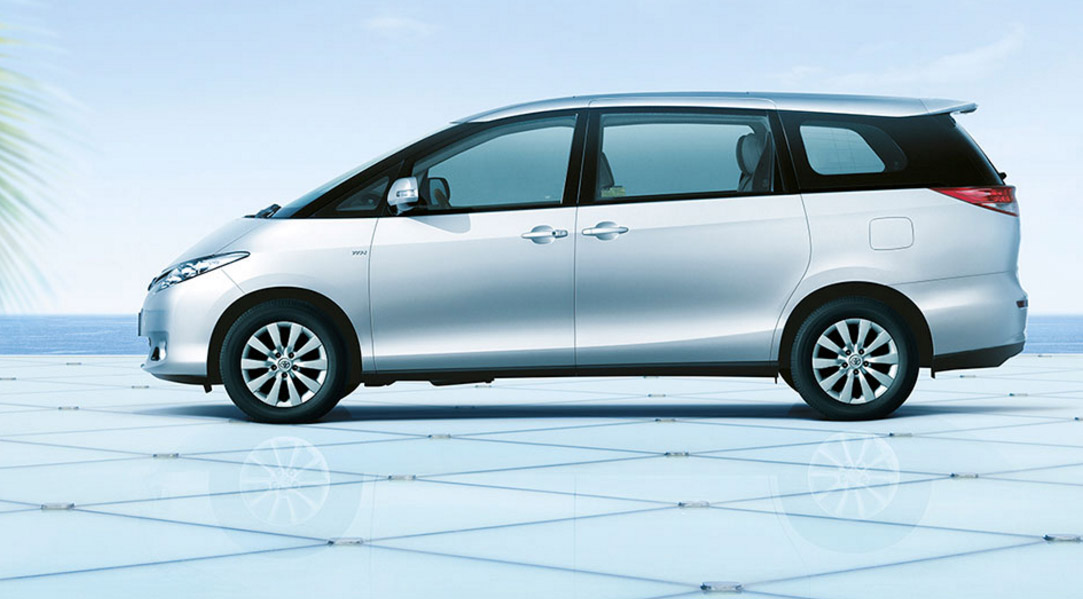

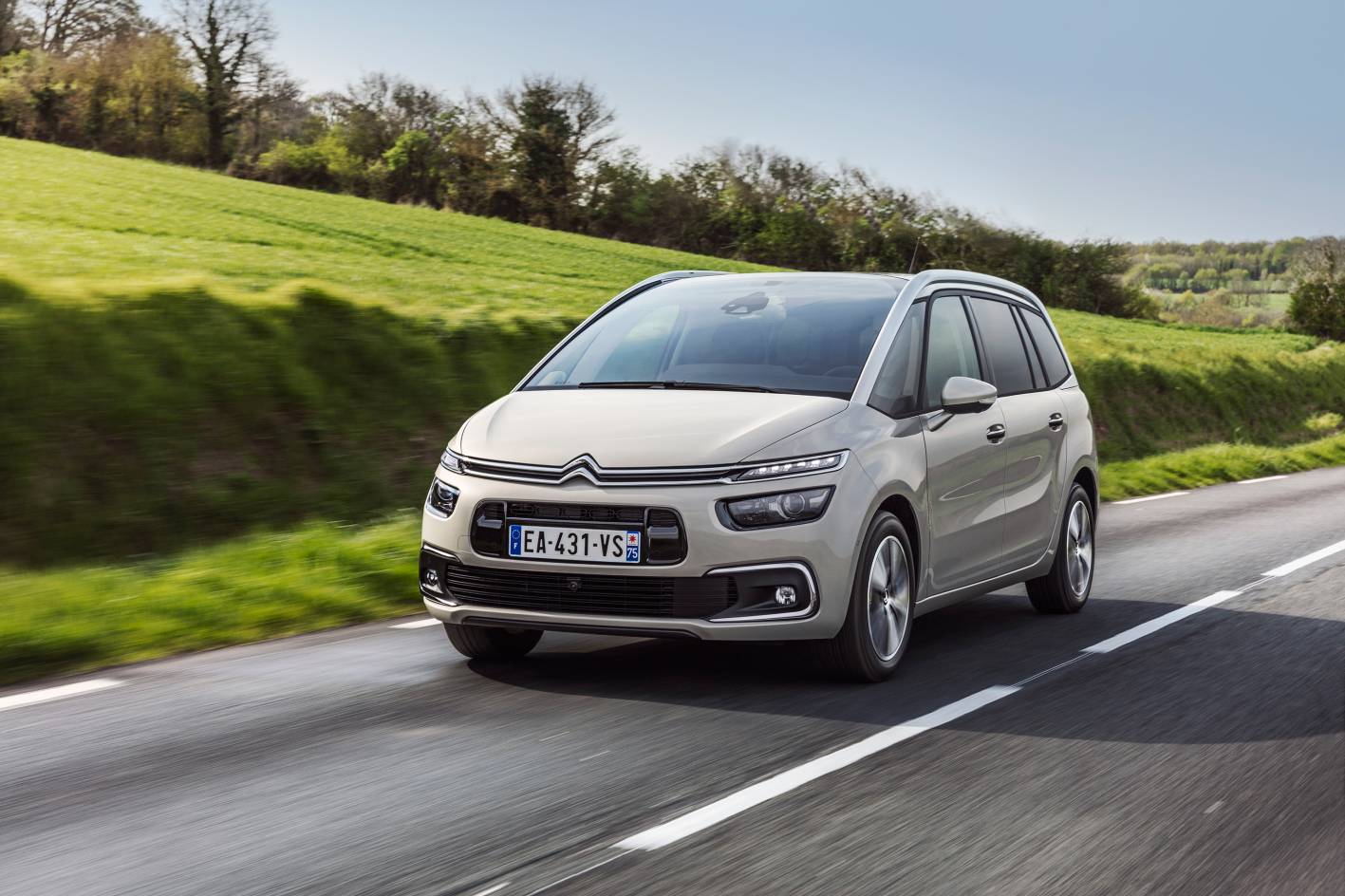
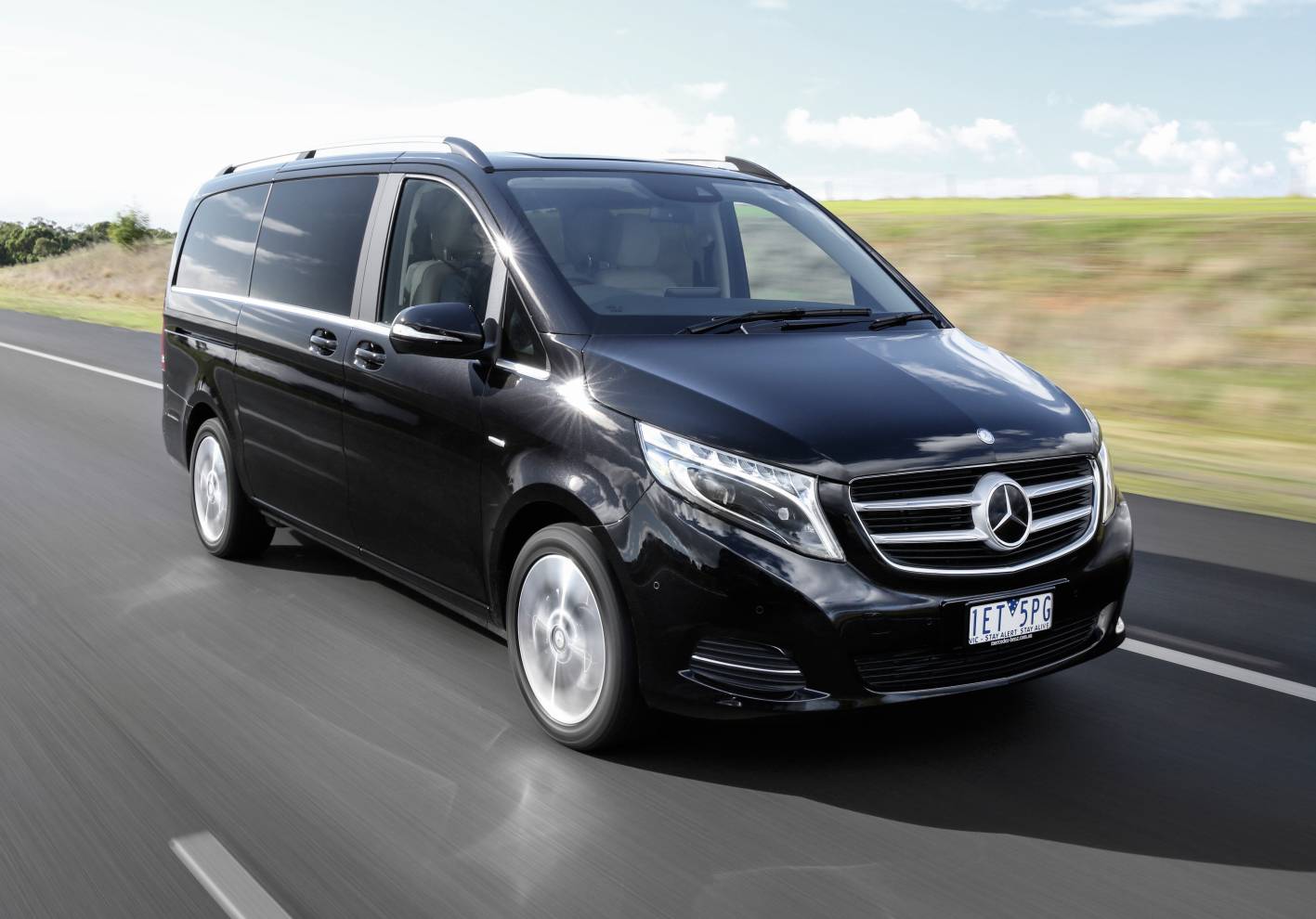




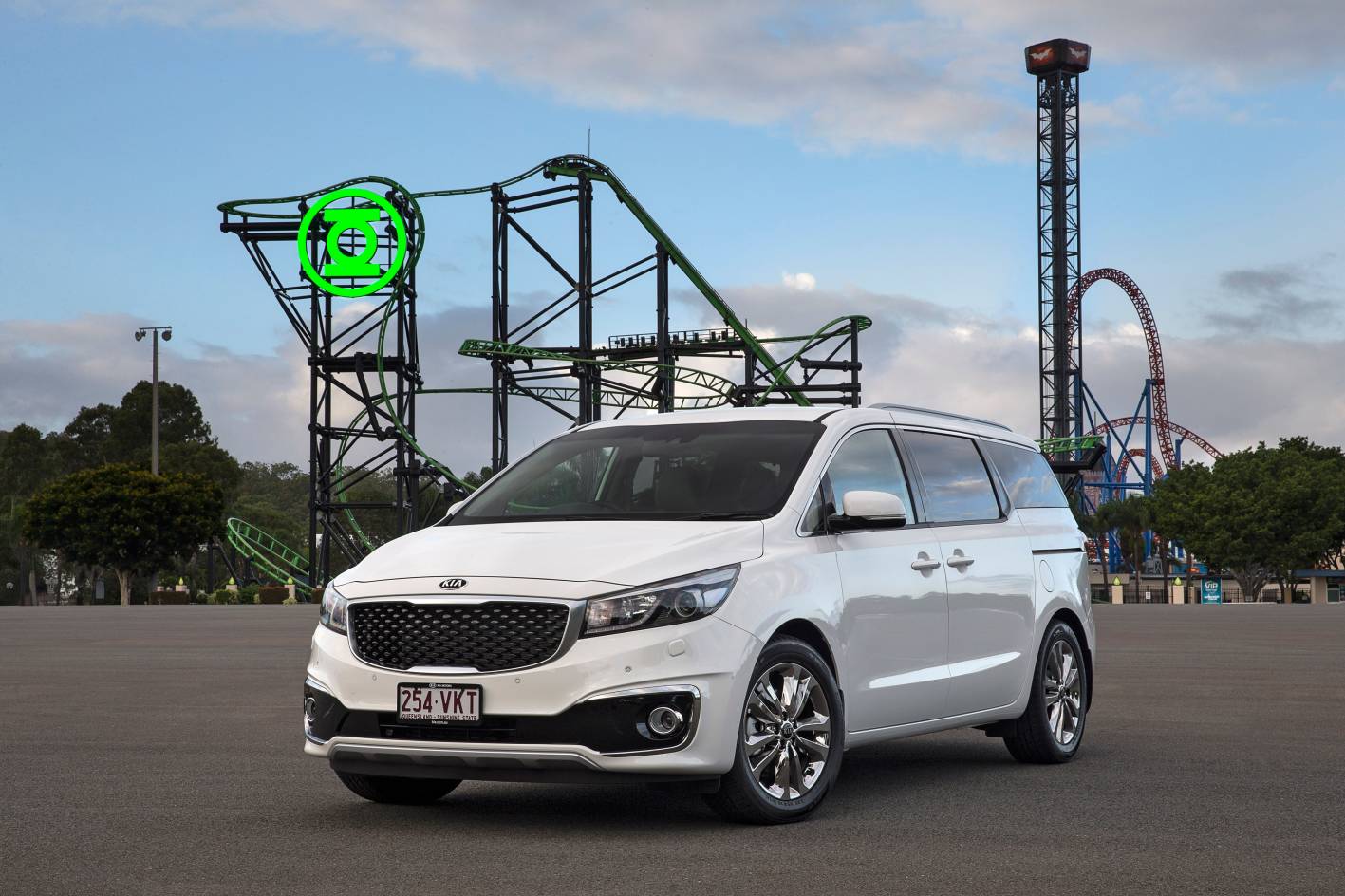
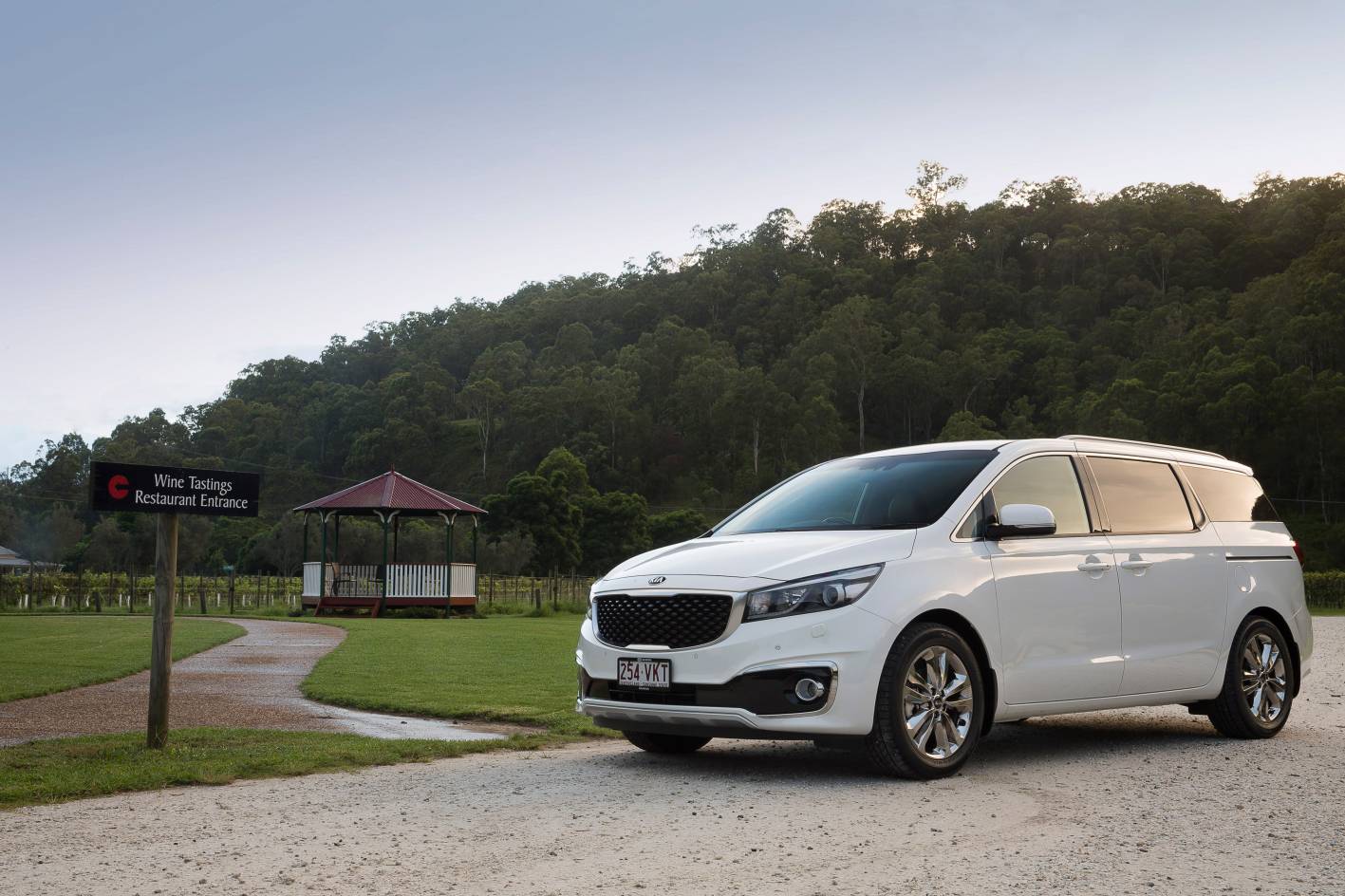










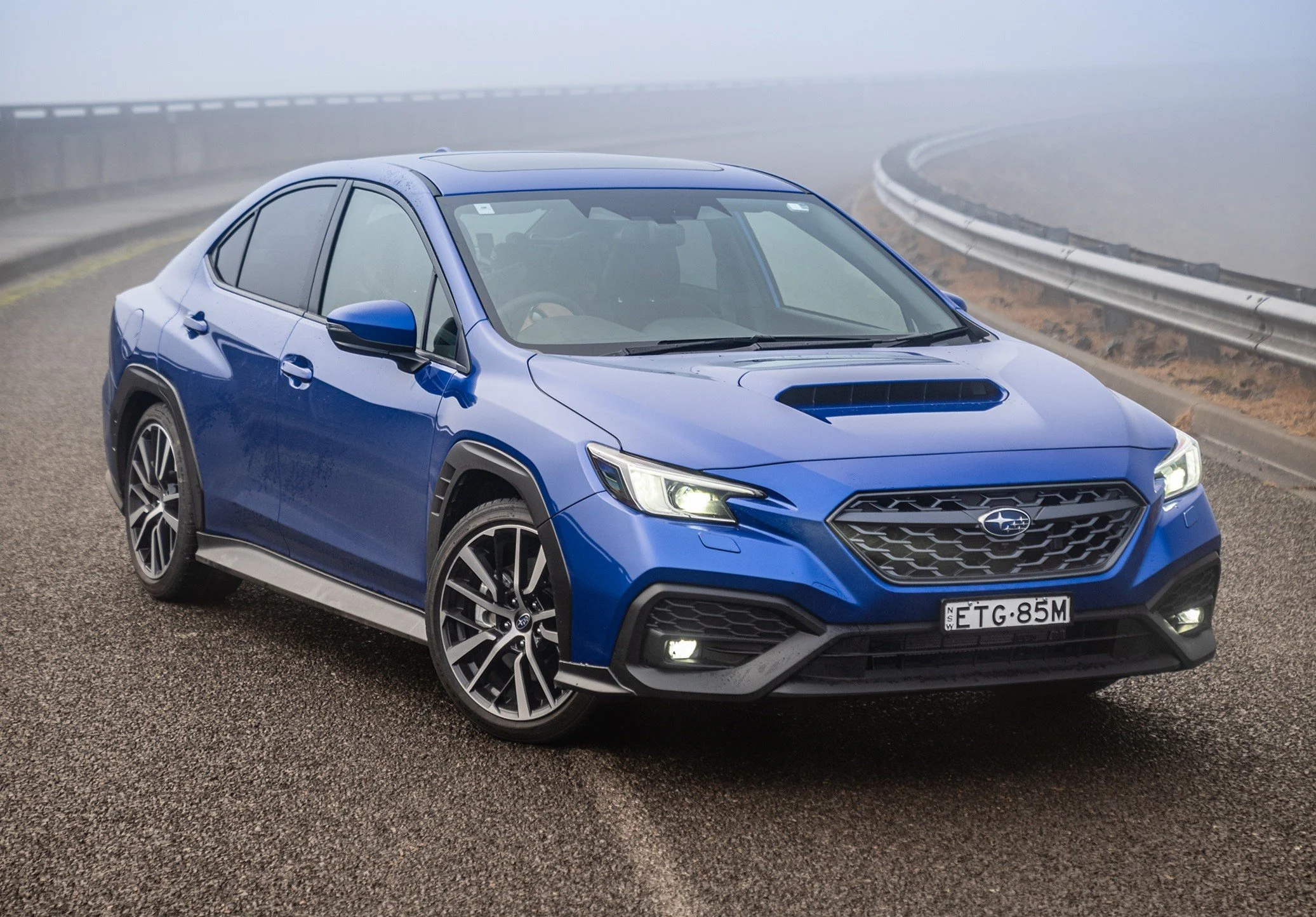


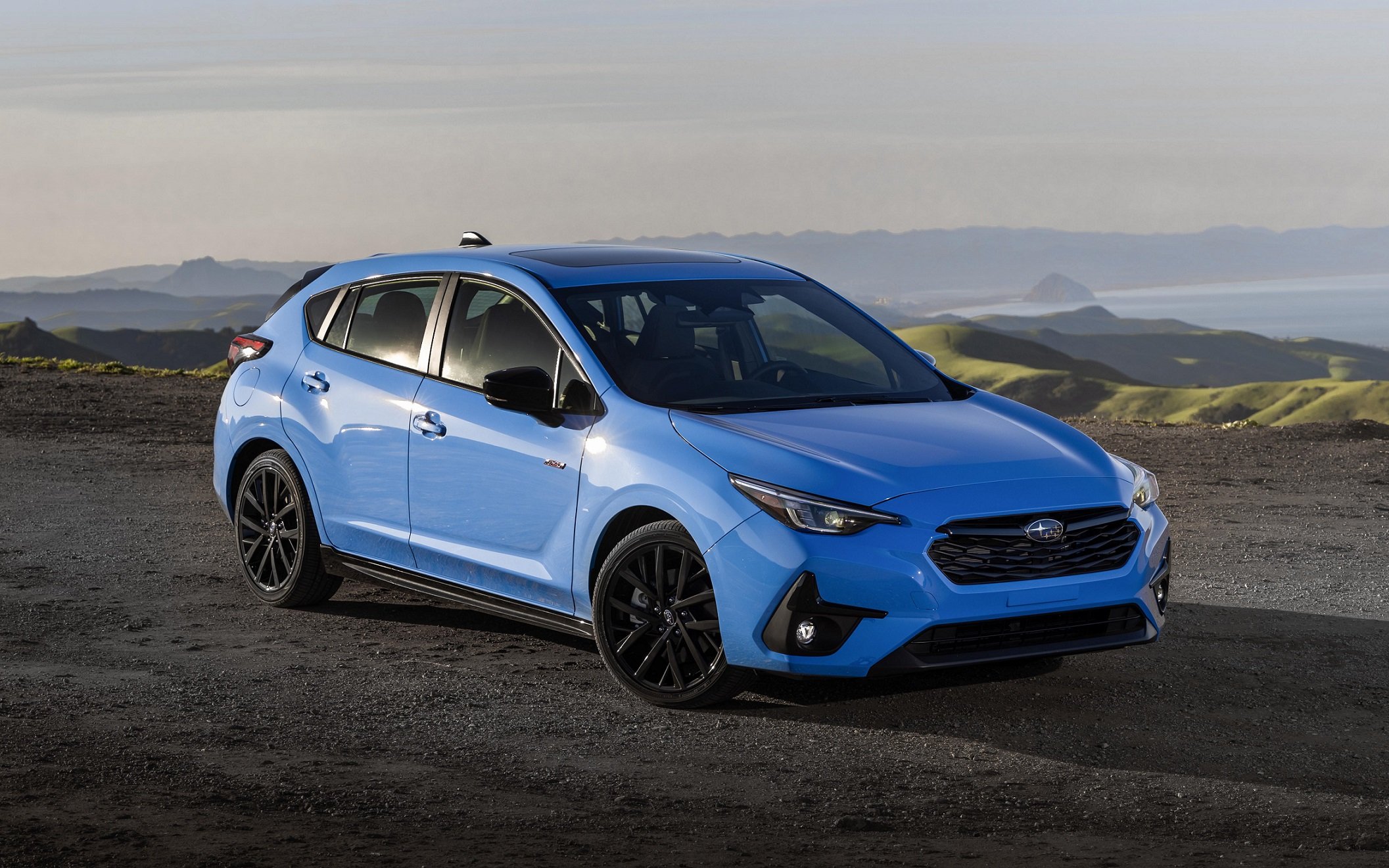
The Subaru Outback has a growling turbocharged engine, a five-seat SUV wagon body and lots of clever, practical equipment. For adventurous families, it will also tow, haul and drive beautifully - at a modest price.